Recent reports suggest that the Indian Air Force (IAF) is urging the Indian government to initiate negotiations for the purchase of 114 additional Dassault Rafale fighters, signaling a major shift in the country’s defense procurement strategy. If realized, the move would be a decisive step towards consolidating the force and leveraging existing investments to build a more powerful and efficient air force.

Indian Air Force urges government to negotiate purchase of 114 Rafale fighters at once.
This development is not simply a contest between weapons platforms, but a systemic challenge that could force the Pakistan Air Force (PAF) to fundamentally rethink its approach to air warfare.
This potential acquisition is widely understood to be the IAF’s preference to steer its Multi-Role Fighter Aircraft (MRFA) requirement towards a direct Rafale acquisition, bypassing the lengthy competitive bidding process and avoiding “distractions” such as potential proposals for the F-35 or Su-57.
The rationale is both technical and financial: India has invested significantly in building operations and maintenance systems for the Rafale, and fleet expansion would be the most cost-effective way to strengthen its fleet.
The trend of unifying forces
The IAF's push to buy more Rafales marks a departure from previous procurement patterns, which often resulted in a mixed force of aircraft from different suppliers, creating logistical difficulties.
As podcast members note, government priorities to maintain diplomatic relations with multiple powers – for example, Russia, Europe, and the United States – often limit military decisions, resulting in a force that is difficult to integrate into a unified network system.
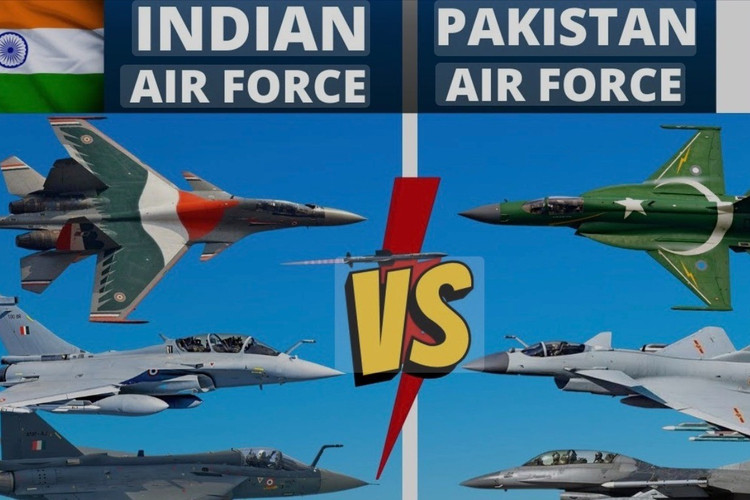
The air balance between India and Pakistan will see major shifts after India's move.
This new approach sees the IAF adopting the model of many Western air forces: standardizing a few key platforms to maximize effectiveness, training and interoperability.
The vision is defined as a “high-low” model, with the 4.5+ generation Rafale as the high-end main force, the indigenous light fighter Tejas as the backbone, supplemented by an upgraded Su-30MKI squadron taking on heavy attack and specialized mission roles.
This merger will allow experienced Rafale pilots to form the core of new squadrons, standardize training procedures and create a more focused, effective fighting force.
Industrial base: India's overlooked advantage
An important point often overlooked in regional military analysis is the strength and scale of India’s domestic defense industry. As the podcast highlights, India’s ability to acquire large numbers of platforms is not only due to its large budget, but also due to its use of domestic manufacturing to maximize value for money.
A stark comparison is drawn between India’s Su-30MKI program and Pakistan’s JF-17 project. India produces about 80% of the Su-30MKI airframe and 54% of the complex AL-31FP engine domestically. This is a level of industrial development that Pakistan has not yet achieved with the JF-17, where more than half of the airframe is produced domestically but mainly from imported materials.
This self-reliance allows India to produce at scale, control the integration of electronics and weapons, and reduce long-term sustainment costs. If the 114 Rafale deal is done under the “Make in India” framework, an estimated 50-60% of the aircraft could be assembled domestically, further strengthening this industrial advantage.
It is this industrial reality that underpins India's ability to plan to acquire hundreds of aircraft, while financial and industrial constraints mean Pakistan can only make small purchases, putting logistical pressure without achieving the necessary operational strength.
The challenge for Pakistan is not simple.
For the Pakistan Air Force, the possibility of the IAF integrating its Rafale force is a “worrying sign”.
The threat is not just the addition of 114 modern fighters, but also the emergence of a well-managed, well-trained and networked adversary that can exploit its numerical superiority. For years, the PAF relied on superior training and network integration as a force multiplier to counter the IAF’s numerical superiority. A unified IAF threatens to erode that qualitative advantage.
The discussion emphasizes that countervailing procurement is the wrong approach. Pakistan’s pursuit of the J-35 stealth fighter, for example, should be understood not as a direct response to the Rafale, but as an attempt to fill a long-denied long-range strike capability gap.
An IAF with nearly 200 Rafales and hundreds of Tejas fighters, backed by a modernized Su-30MKI fleet, would force the PAF to “fundamentally rethink air warfare.”
Unable to compete in a “plane-to-plane” fashion, Pakistan needs to change its approach. The urgent need is to invest heavily in defense systems, i.e., increase the number of JF-17s equipped with modern AESA radars and long-range missiles, and acquire new generation scalable air defense missile systems to increase the cost of penetration for the enemy.
On the offensive side, the focus needs to shift to asymmetric capabilities such as attack unmanned aerial vehicles (UCAVs), glide munitions, and long-range ground-based rocket artillery to penetrate and weaken India’s increasingly sophisticated offensive and defensive systems.
Source: https://khoahocdoisong.vn/an-do-manh-tay-mua-114-chiec-rafale-khien-lang-gieng-lo-ngai-post2149069508.html






![[Photo] General Secretary To Lam and National Assembly Chairman Tran Thanh Man attend the 80th Anniversary of the Traditional Day of the Vietnamese Inspection Sector](https://vphoto.vietnam.vn/thumb/1200x675/vietnam/resource/IMAGE/2025/11/17/1763356362984_a2-bnd-7940-3561-jpg.webp)

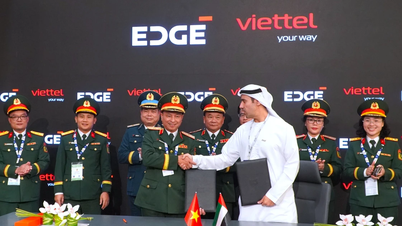

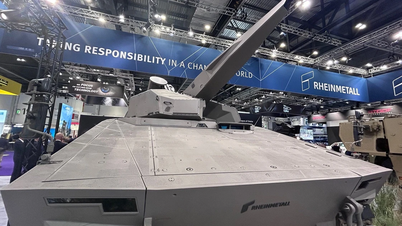
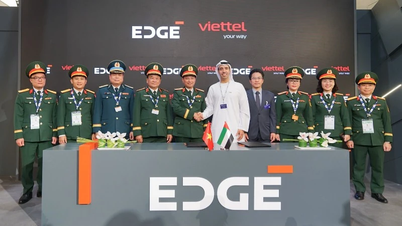

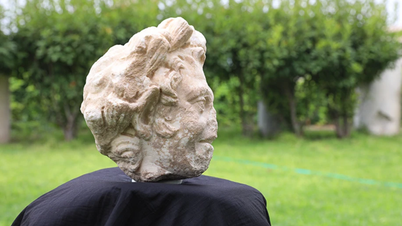





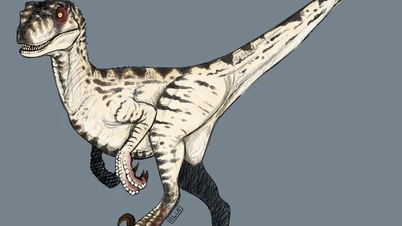

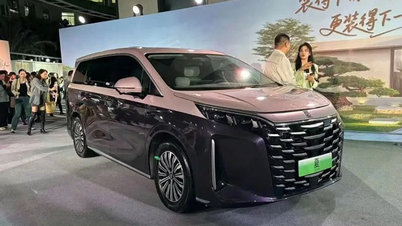


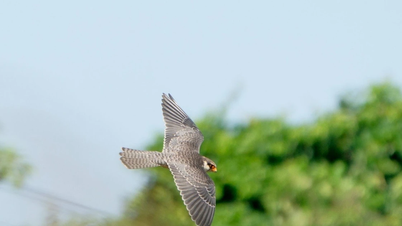















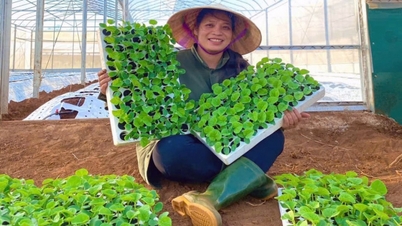





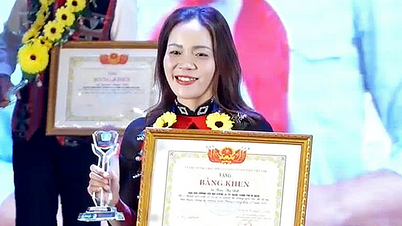





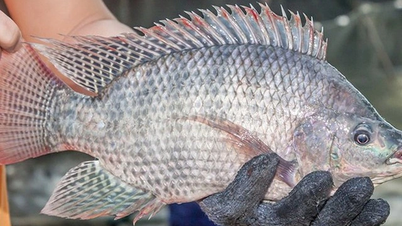














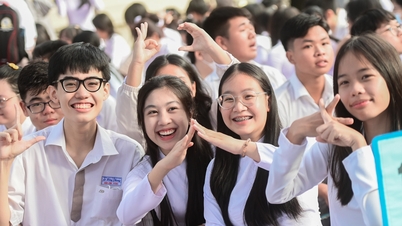





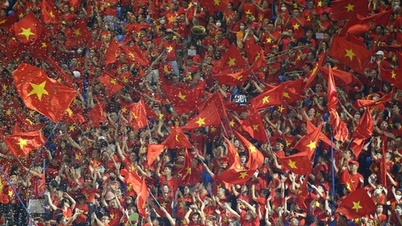








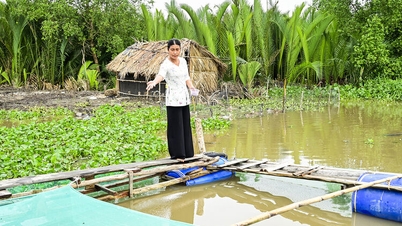
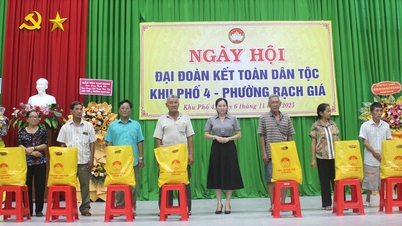
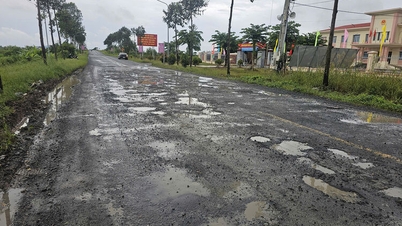
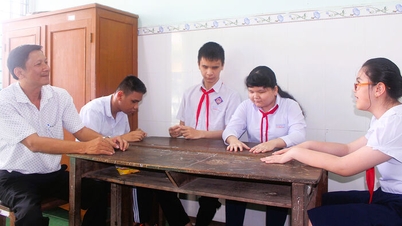














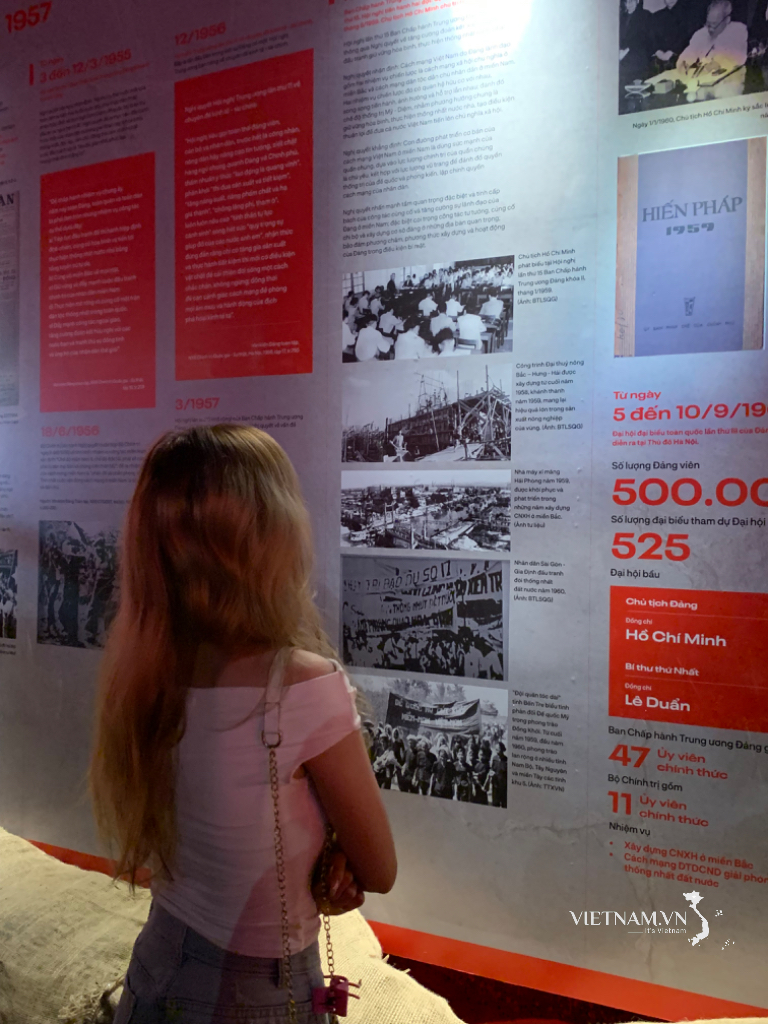
Comment (0)